5 Defining Characteristics of Passivhaus
Knowing what defines a Passivhaus is the first step to having a passive house, where comfort and savings are the main goals.
To help you, in this article we tell you everything you need to know about the passive house construction system and its certification.
What is a Passivhaus orpassive house?
A house that meets Passivhaus standards and a passive house are not necessarily the same thing.
A house can be passive and not have the Passivhaus certificate, in which case it is a passive house, but not a Passivhaus. However, all houses that have the Passivhaus certificate are passive houses.
Passive houses are built taking into account the highest standards worldwide in terms of energy efficiency, comfort and indoor air quality. The result is a building with almost zero energy consumption.
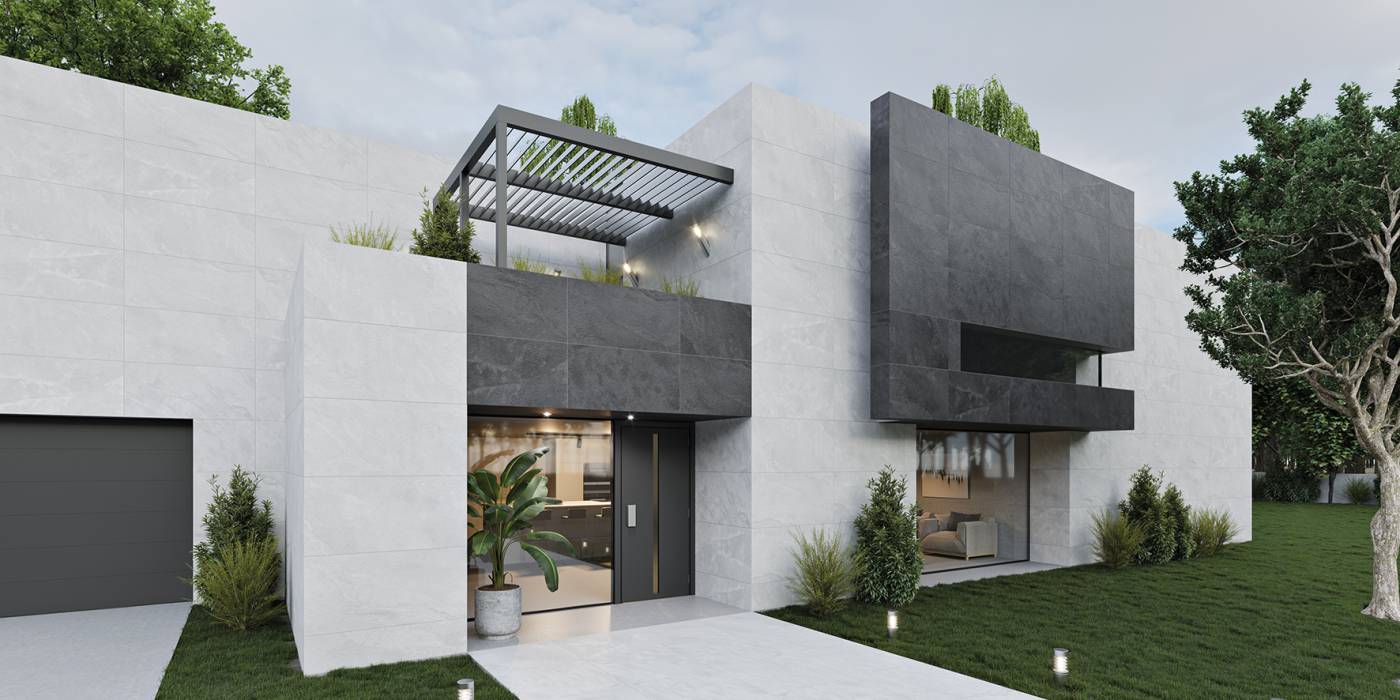 Terranova White Collection by Ibero
Terranova White Collection by Ibero
What is Passivhaus certification?
The Passivhaus certification is an international certificate, granted by the Passivhaus Institut or Passive House Institute, which guarantees that a home has been built in compliance with all the requirements and principles of passive houses. Among those requirements are:
- An energy demand for heating and cooling of less than 15 kWh per m2 per year.
- A primary energy demand of fewer than 120 kWh per m2 per year.
- Airtightness of less than 0.6 air changes per hour.

Basic principles of passive houses
These are the basic principles of passive houses:
1. Excellent insulation
Good insulation in walls, floor and ceiling will prevent the house from losing heat in winter and becoming overheated in summer. The type of materials will depend on each development, but the purpose is always the same: maximum energy savings in air conditioning.
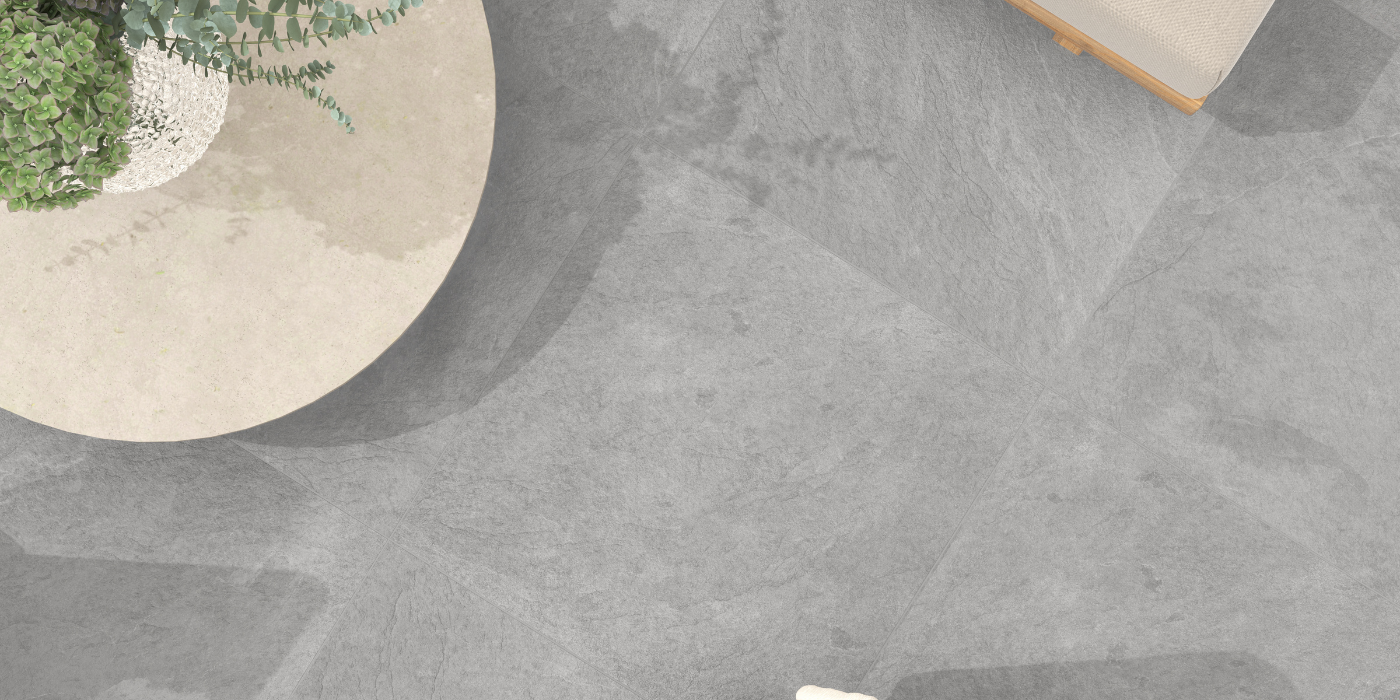
Terranova Grey Collection by Ibero
2. Elimination of thermal bridges
To guarantee thermal insulation, there should be no thermal bridges.
If you are wondering what this means, a thermal bridge is a point in the building’s envelope where cold or heat leaks occur. For example: if the windows are not well sealed or are made of conductive material, there is a bridge between the inside and outside temperature.
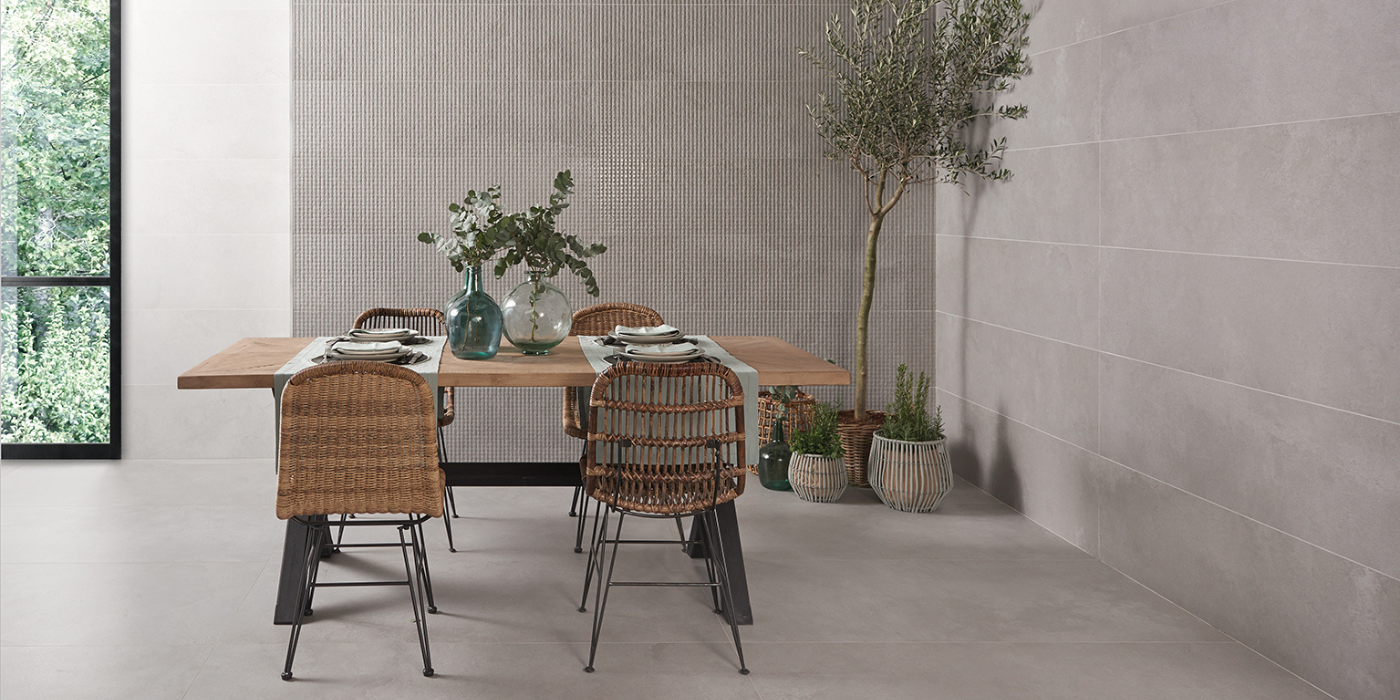
Inspired White and Concept Grey Collections by Metropol
The Passivhaus aims to eliminate thermal bridges through continuous insulation, the use of less conductive materials and care in joints and seals to prevent them from becoming a bridge.
3. High-performance windows and doors
The weak points in the façade are the doors and windows, these being the areas where the most heat and cold escapes occur. For this reason, it is important to choose high-quality carpentry.
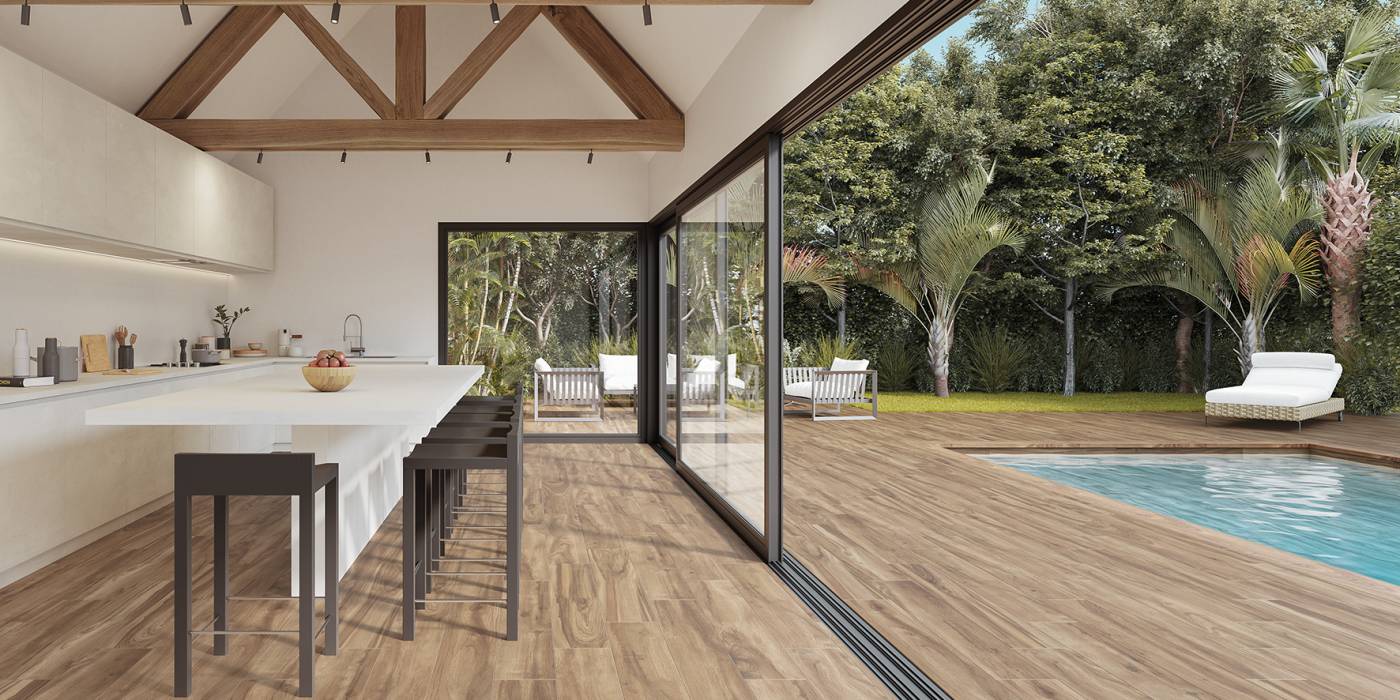
Life Havana Collection by Ibero
There are two main options: PVC and aluminum. The first is an insulator in itself and the second can also be appropriate, but always with a thermal bridge break system. A good framework with glazing appropriate for the thermal needs of the area will enhance thermal insulation and airtightness.
4. Airtightness of the home
In a normal home, the air we need enters through the doors and windows, the materials, etc. in an uncontrolled way. In a Passivhaus, that entry occurs in a controlled manner.
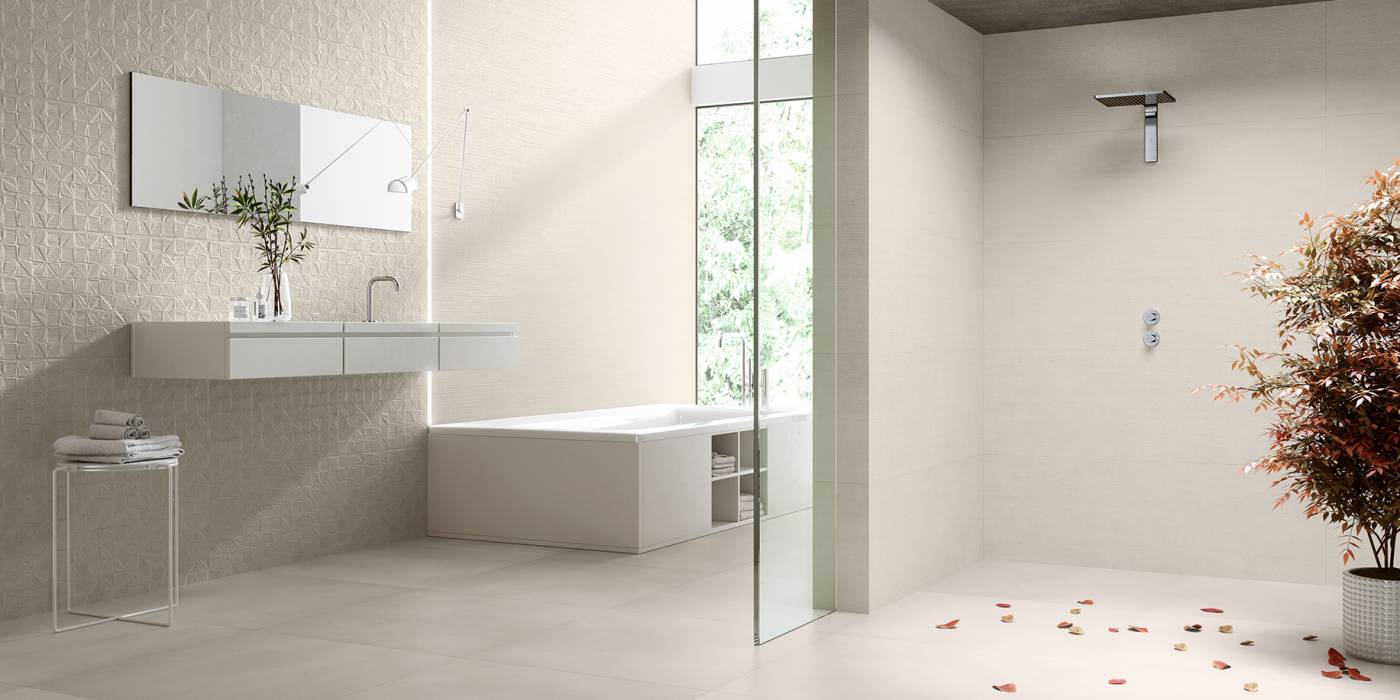
Groove Sand and Evolution Beige Collections by Keraben
The air is filtered and, using certain systems, its temperature and humidity are controlled to guarantee optimum comfort inside.
5. Mechanical ventilation with heat recovery (MVHR)
To ensure the previous point, a mechanical ventilation system with heat recovery is installed. This system is made up of two circuits: a fresh air inlet and a stale air outlet.
In the middle of the two circuits, there is an element called a "recuperator" that is responsible for extracting up to 80% of the heat from the air that leaves to use it to heat the air that enters.
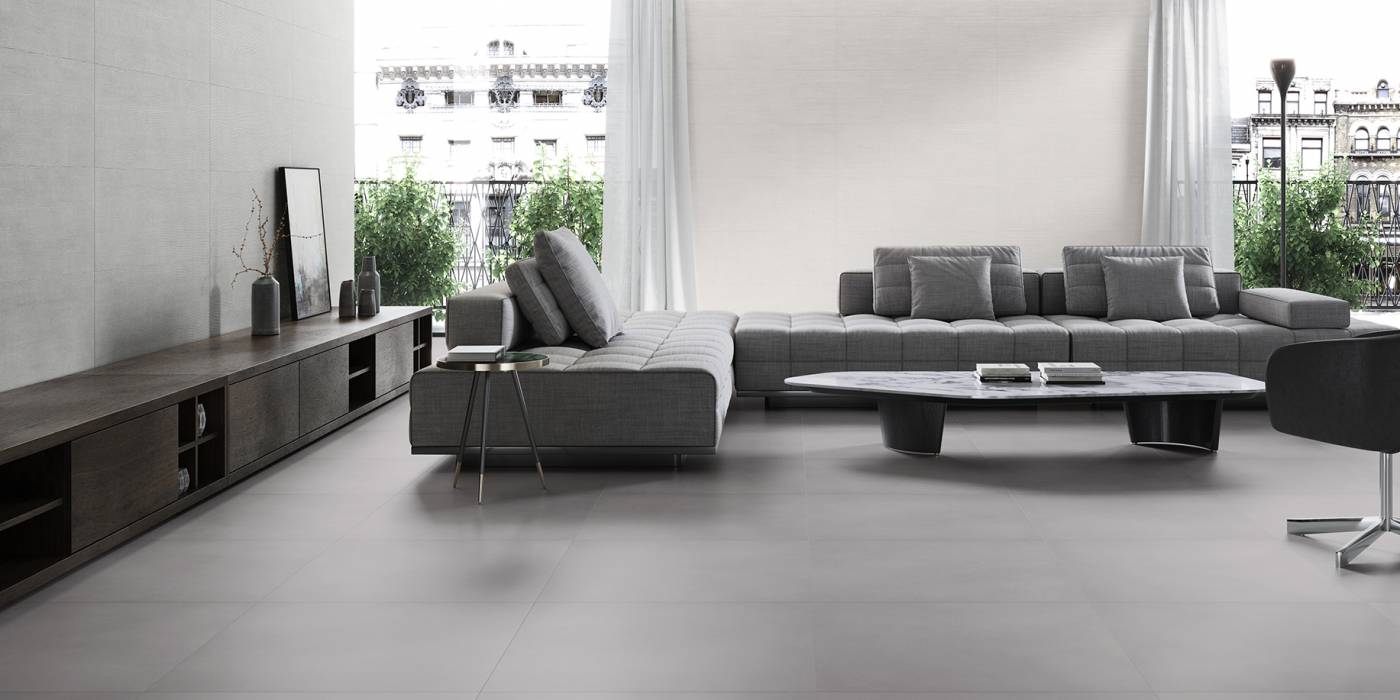
Groove Snow and Evolution Grey Collections by Keraben
In this manner, it takes advantage of the energy we use to heat the air inside the house as well as the air that enters from outside. A system that undoubtedly provides impressive comfort and energy savings.
Passivhaus design requirements
The Passivhaus concept is not limited to a specific design or style. However, there are a series of design-related aspects that must be taken into account.
1. The location of the house
The house’s location should be borne in mind when designing because each area has its own characteristics and needs.
Considerations such as the rainy season, temperatures, the area’s topography, and if there is a body of water nearby that can increase humidity, are very important.
2. Solar orientation
The house’s orientation has a direct effect on energy consumption. For example, a house facing south will consume less heating because it will take advantage of more daylight hours and will heat up more easily in winter.
3. Sun protection
To prevent overheating, it is important to use elements that help protect the home from the sun: awnings, porches, blinds... But these must always be placed in such a way that they do not reduce the entry of light.
4. The direction of the wind
Knowing the winds in the area and the direction in which they blow allows them to be used to cool the house in summer.
5. Architectural design
Having a Passivhaus is not limited to one architectural style. However, the following should be noted:
- In warm areas, open and scattered architecture helps to keep houses cool. The most appropriate façade and roof cladding will be in light tones, which reflect light and reduce heat.
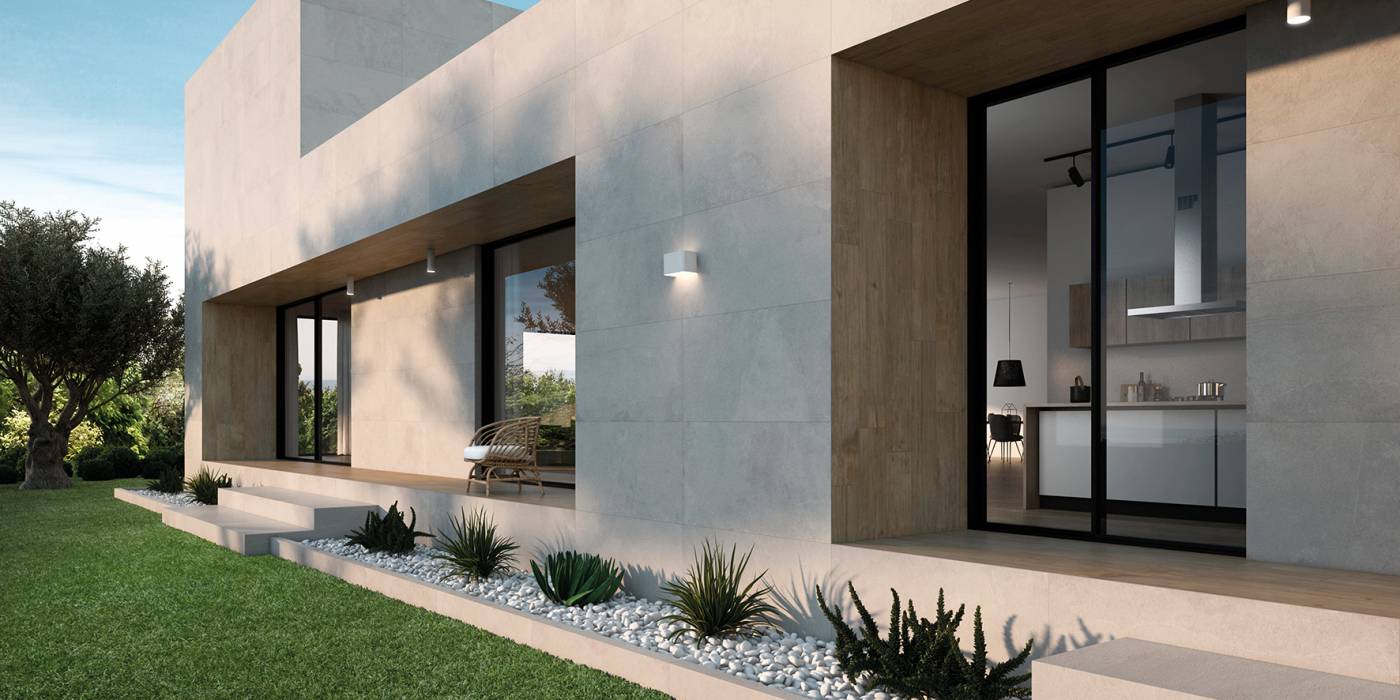
Mixit White and Lenda Oak Collections by Keraben
- In cold areas, a compact house will keep the heat inside better. Façades and roofs in dark colors attract sunlight and will heat the house.
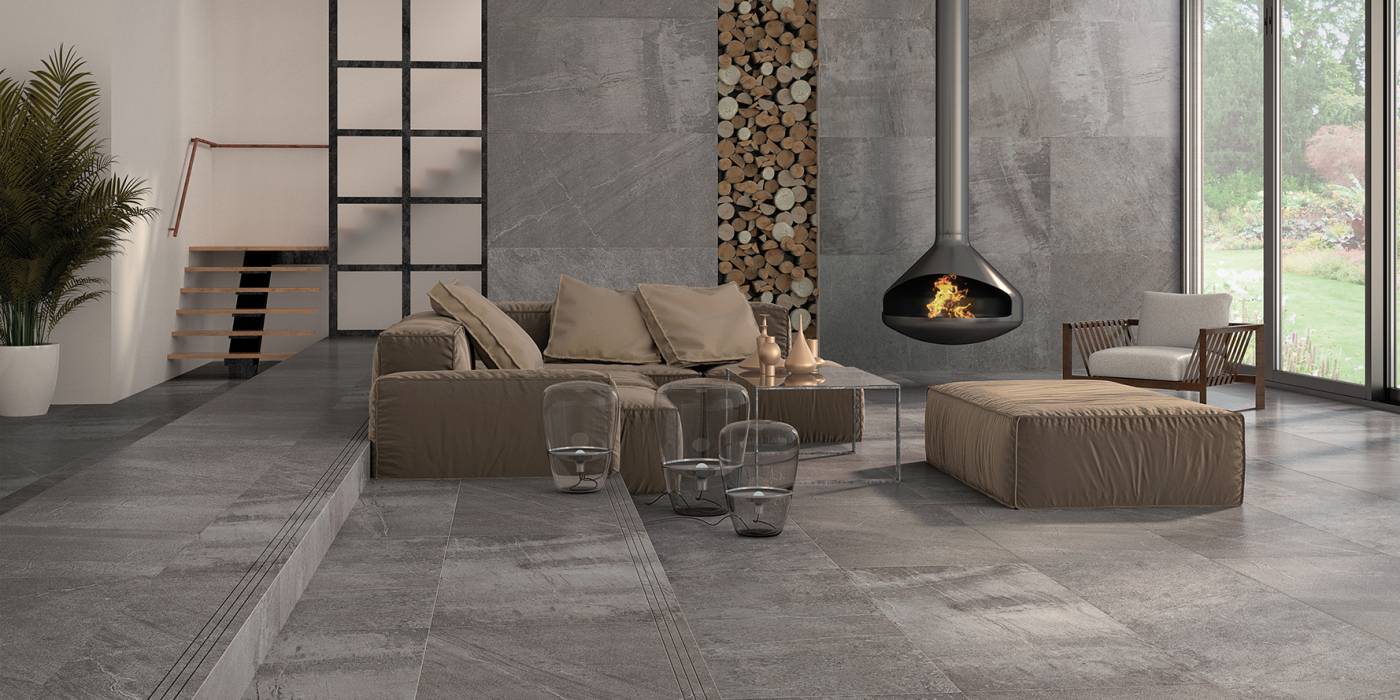 Sunstone Basalt Collection by Ibero
Sunstone Basalt Collection by Ibero
How do they improve quality of life?
These are the benefits of having a passive house:
- Save big on utility bills.
- Take care of the environment with a house that emits less CO2.
- Gain comfort, both thermal and acoustic, improving your quality of life inside the home.
- Have a house of a higher quality, that lasts longer and requires less maintenance expense.
- Raise the value of your property.
Without a doubt, having a Passivhaus is a guarantee of durability, savings and comfort.







